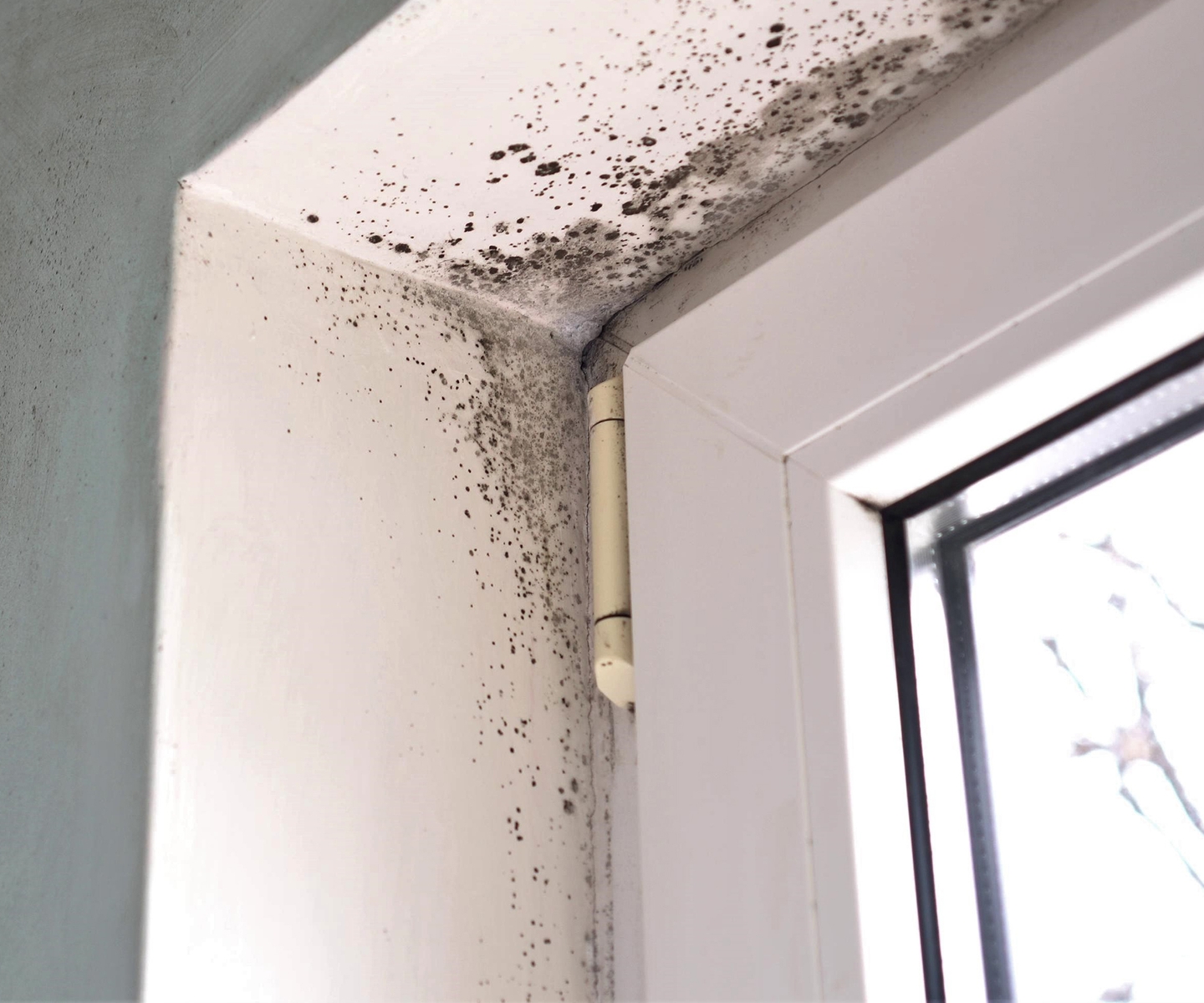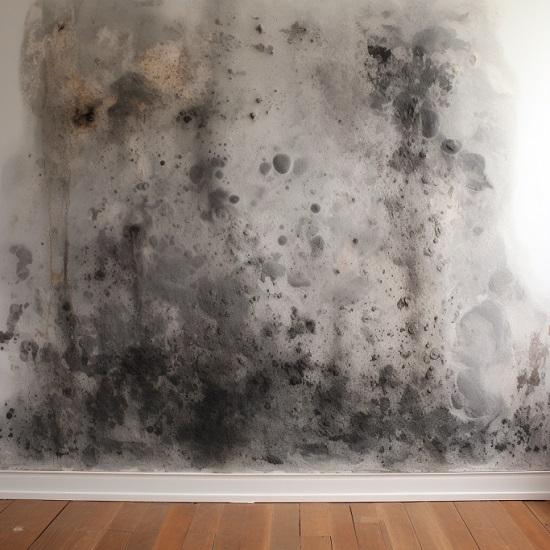After Mold Remediation Strategies for Clean Rooms
Effective Article Mold And Mildew Removal Solutions for Your Home
Mold growth in homes can be a consistent problem, commonly calling for a systematic strategy for efficient post-remediation remedies. From comprehending the elements that contribute to mold and mildew advancement to applying correct cleansing techniques and wetness control steps, the process can be intricate yet important for preserving a healthy living setting. Additionally, exploring all-natural removal remedies and developing a regular for continuous upkeep are vital parts of a thorough mold remediation strategy. As home owners strive to address mold and mildew problems, finding the most efficient solutions comes to be extremely important for the wellness of their households.
Recognizing Mold Growth Variables
Mold growth is affected by a variety of aspects that are crucial to comprehend in order to properly address and prevent its expansion. Recognizing these elements is crucial in executing successful mold removal approaches. The primary element adding to mold and mildew development is moisture. Mold spores need wetness to prosper and sprout, making damp or moist settings highly prone to mold and mildew problems. Poor ventilation can also result in moisture buildup, producing a perfect breeding place for mold.

Moreover, airflow and light direct exposure can impact mold and mildew growth. Locations that lack correct ventilation and all-natural light are much more vulnerable to mold growth. By attending to these factors adequately, individuals can successfully mitigate mold development and protect their living settings.
Proper Mold And Mildew Cleaning Methods
Utilizing efficient cleansing approaches is necessary in addressing and avoiding the reappearance of mold and mildew contamination in indoor environments. When managing mold, it is important to focus on safety and security by wearing safety equipment such as gloves, masks, and goggles. The very first action in appropriate mold and mildew cleansing is to contain the affected area to avoid the spread of spores to uncontaminated locations. This can be attained by securing off the room and using air scrubbers or negative air devices to maintain air quality.

Implementing Dampness Control Actions
To properly prevent mold and mildew development and contamination in indoor settings, carrying out dampness remove mold from wool control procedures is critical. Moisture is the main aspect that fuels mold and mildew development, making it vital to handle moisture levels within the home. One efficient step is to use dehumidifiers to keep indoor humidity degrees below 60%. In addition, guaranteeing appropriate air flow in areas vulnerable to moisture accumulation, such as restrooms and kitchen areas, can help in reducing the risk of mold growth. On a regular basis checking and repairing any leakages in plumbing, roofings, or windows is also crucial in preventing excess wetness accumulation. Utilizing exhaust fans while cooking or showering, and permitting air circulation by keeping furniture somewhat away from wall surfaces can assist in wetness control. In addition, making use of moisture-resistant products in high-humidity areas, such as mold-resistant drywall and paints, can be valuable. By diligently implementing these wetness control procedures, home owners can properly decrease the likelihood of mold recontamination and preserve a healthy and balanced indoor atmosphere.
Using All-natural Removal Solutions
After successfully executing dampness control measures to stop mold development in indoor environments, home owners can currently explore the performance of all-natural remediation services in maintaining a healthy home. Natural removal services make use of eco-friendly approaches to combat mold and mildew, making them a popular selection for those looking for safe options. One such solution is using vinegar, a natural antimicrobial representative, to tidy and disinfect surfaces infected by mold. Merely thin down vinegar with water and spray it onto the impacted areas, enabling it to sit for a couple of hours prior this content to wiping clean. In addition, tea tree oil, recognized for its antifungal buildings, can be blended with water and splashed onto mold-infested surfaces to prevent further development. Another natural alternative is hydrogen peroxide, which can effectively kill mold on different surface areas without leaving harmful deposits behind. By integrating these all-natural removal solutions into their cleansing regimens, property owners can successfully battle mold and mildew growth while advertising a healthier indoor environment for themselves and their households.

Preserving a Mold-Free Setting
Consistently inspecting locations prone to mold and mildew growth, such as washrooms, attic rooms, cellars, and cooking areas, is important. Correct air flow in locations with high humidity levels is also vital to preventing mold and mildew growth.
Furthermore, preserving tidiness in the home is essential for mold and mildew avoidance. Maintaining indoor plants in check and ensuring proper drain in exterior landscape design can decrease wetness accumulation, lowering the likelihood of mold and mildew problems.
Final Thought
Finally, it is necessary to deal with mold and mildew development variables, make use of correct cleansing methods, implement wetness control actions, use all-natural remediation services, and keep a mold-free atmosphere in order to effectively deal with article mold remediation in your house - Post remediation mold testing near me. By complying with these strategies, you can protect against mold from persisting and make certain a healthy living environment for you and your family
The primary navigate to this site factor contributing to mold and mildew development is dampness. Mold and mildew spores need dampness to grow and sprout, making damp or wet settings very susceptible to mold problems.To properly avoid mold development and contamination in indoor atmospheres, carrying out dampness control measures is paramount. In addition, making sure proper air flow in areas susceptible to moisture buildup, such as cooking areas and shower rooms, can aid minimize the risk of mold and mildew growth.After effectively implementing wetness control actions to protect against mold and mildew development in interior settings, property owners can currently discover the efficiency of all-natural remediation remedies in preserving a healthy living area.